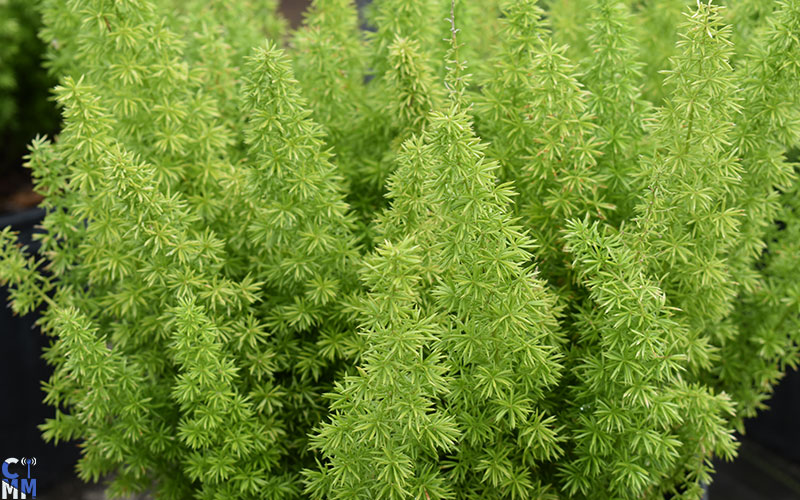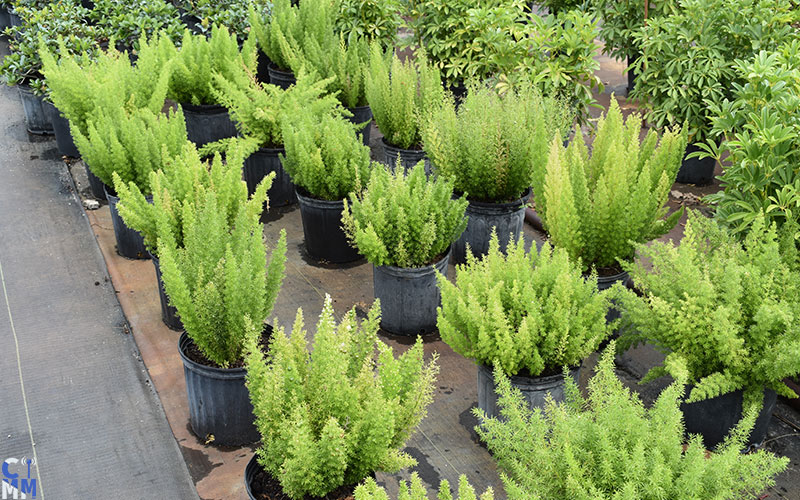Explore The FOXTAIL FERN

Foxtail ferns are not really ferns, as they’re multiplied from seeds and produce no spores. The common name likely came from the clumping habit of the plant that is similar to that of a fern. Foxtail asparagus ferns have an unusual, symmetrical look. These fern-like plants have arching plumes of tightly packed, needle-like leaves that look soft and delicate.
Learn More About The FOXTAIL FERN
Planting Instructions
Foxtail fern plants bloom with white flowers and produce red berries. The plants appear fragile and may cause gardeners to shy away from them, expecting difficult and extensive care of Foxtail fern.
Plant the outdoor Foxtail fern in a lightly shaded area, particularly avoiding hot afternoon sun in the hottest zones. The potted specimen outside can take gentle morning sun with light shade for the rest of the day. Indoors, locate the Foxtail in bright light and even direct morning sun in winter. Provide humidity to plants growing indoors.
Foxtail fern plants benefit from regular water during drought and seasonal fertilization. These plants demonstrate their need for fertilization when the needle-like leaves turn pale or yellow. Feed this plant in spring with a time released food or monthly during the growing season with a balanced 10-10-10 plant food at half strength.
Plant the outdoor Foxtail fern in a lightly shaded area, particularly avoiding hot afternoon sun in the hottest zones. The potted specimen outside can take gentle morning sun with light shade for the rest of the day. Indoors, locate the Foxtail in bright light and even direct morning sun in winter. Provide humidity to plants growing indoors.
Foxtail fern plants benefit from regular water during drought and seasonal fertilization. These plants demonstrate their need for fertilization when the needle-like leaves turn pale or yellow. Feed this plant in spring with a time released food or monthly during the growing season with a balanced 10-10-10 plant food at half strength.
Plant Care Tips
Allow the top three inches of soil to dry out between watering. The Foxtail, also called Ponytail fern or Emerald fern, benefits from immersion for thorough watering. Prune back yellowing stems on the plant as needed for a tidy appearance and to encourage new growth.
The ripe red berries on Foxtail ferns after flowering contain seeds to propagate for more of the lovely plants. You can also divide Foxtail fern plants in spring, making sure the tuberous root system is entirely covered with a well draining soil.
The ripe red berries on Foxtail ferns after flowering contain seeds to propagate for more of the lovely plants. You can also divide Foxtail fern plants in spring, making sure the tuberous root system is entirely covered with a well draining soil.




